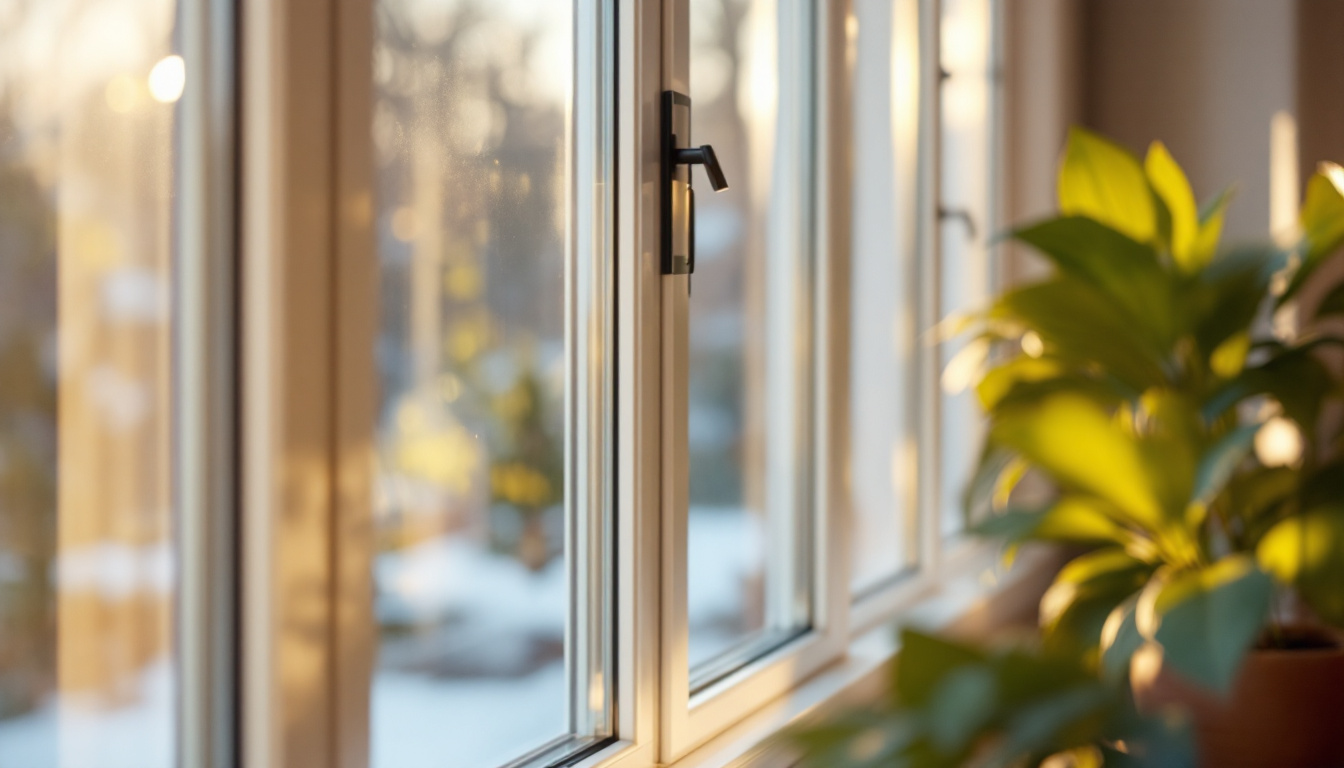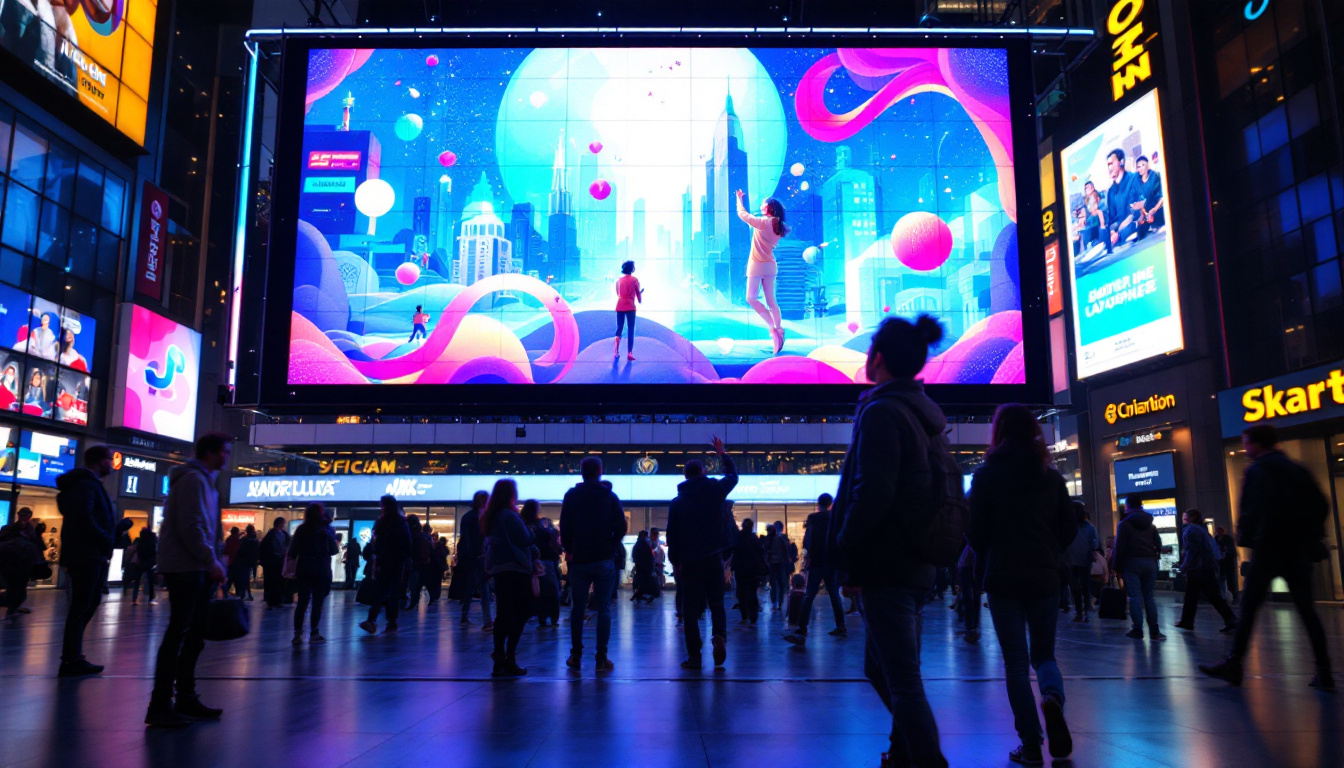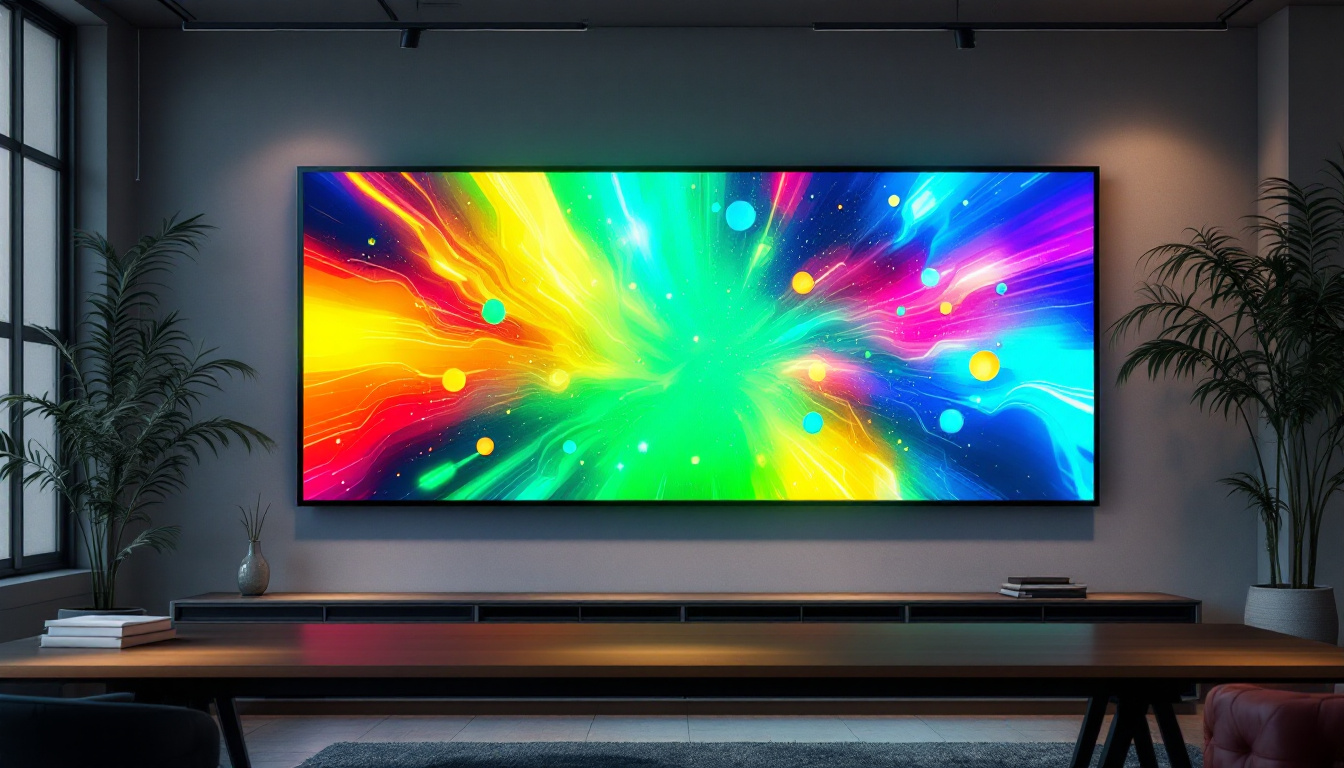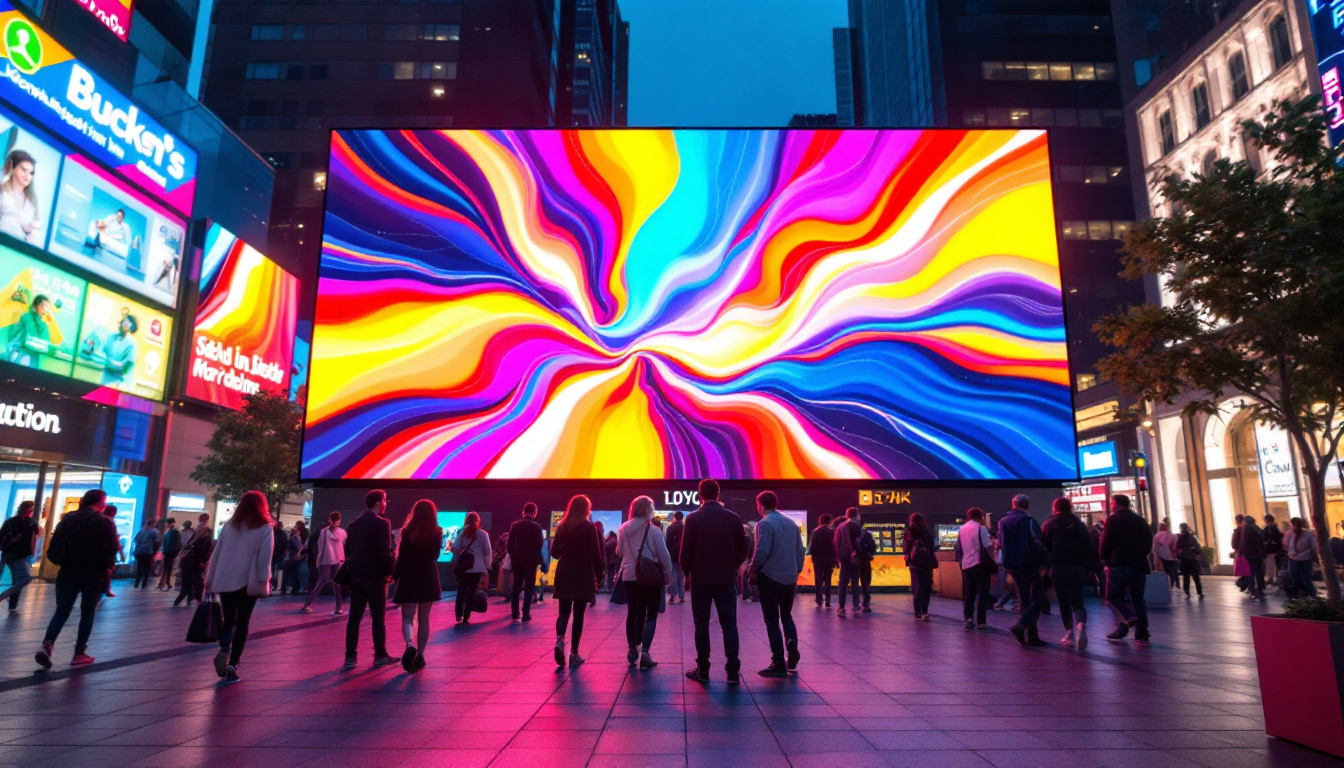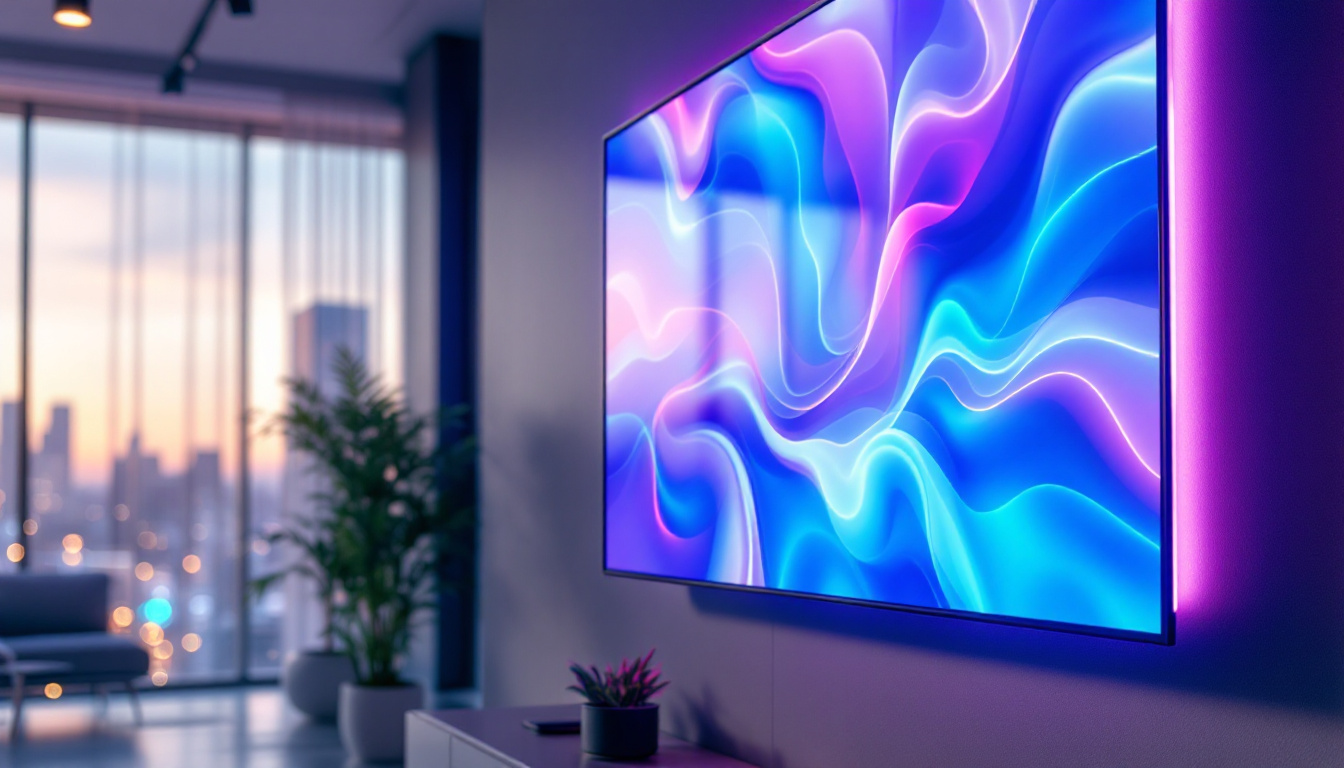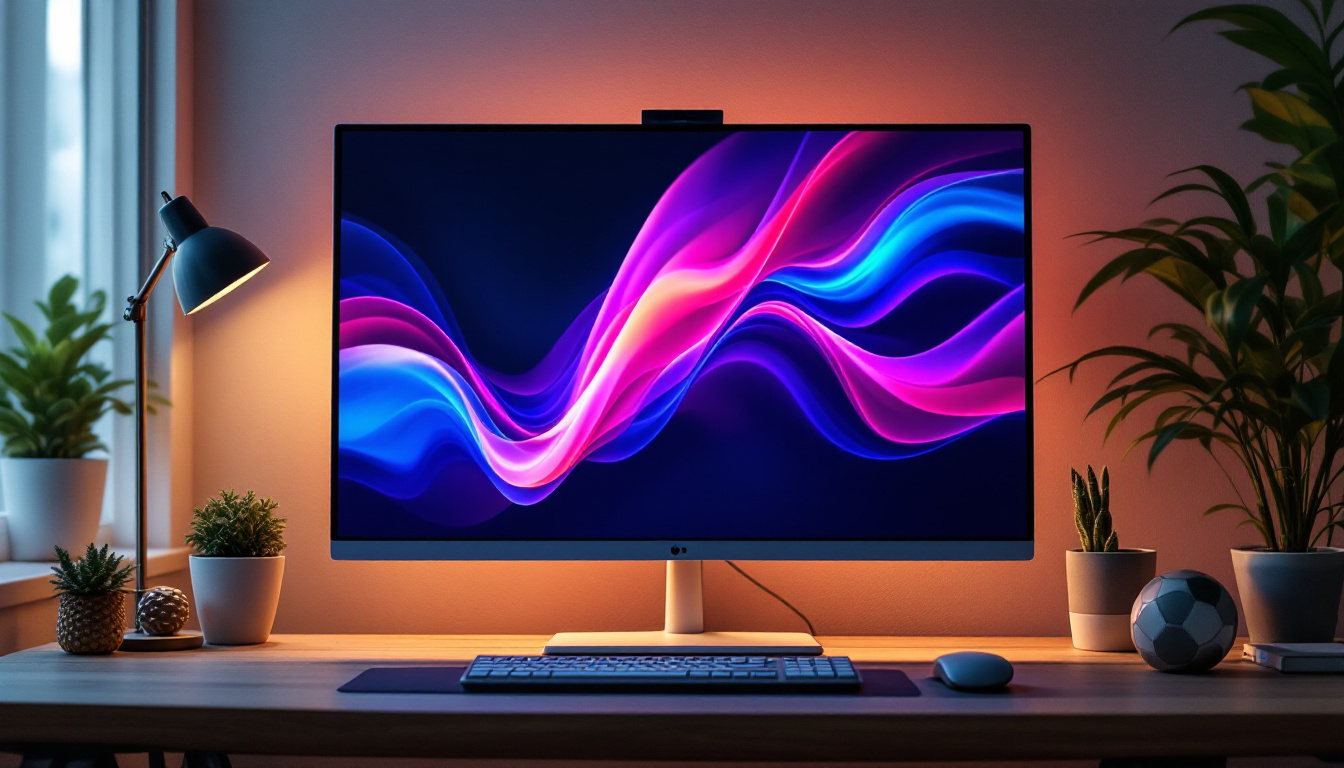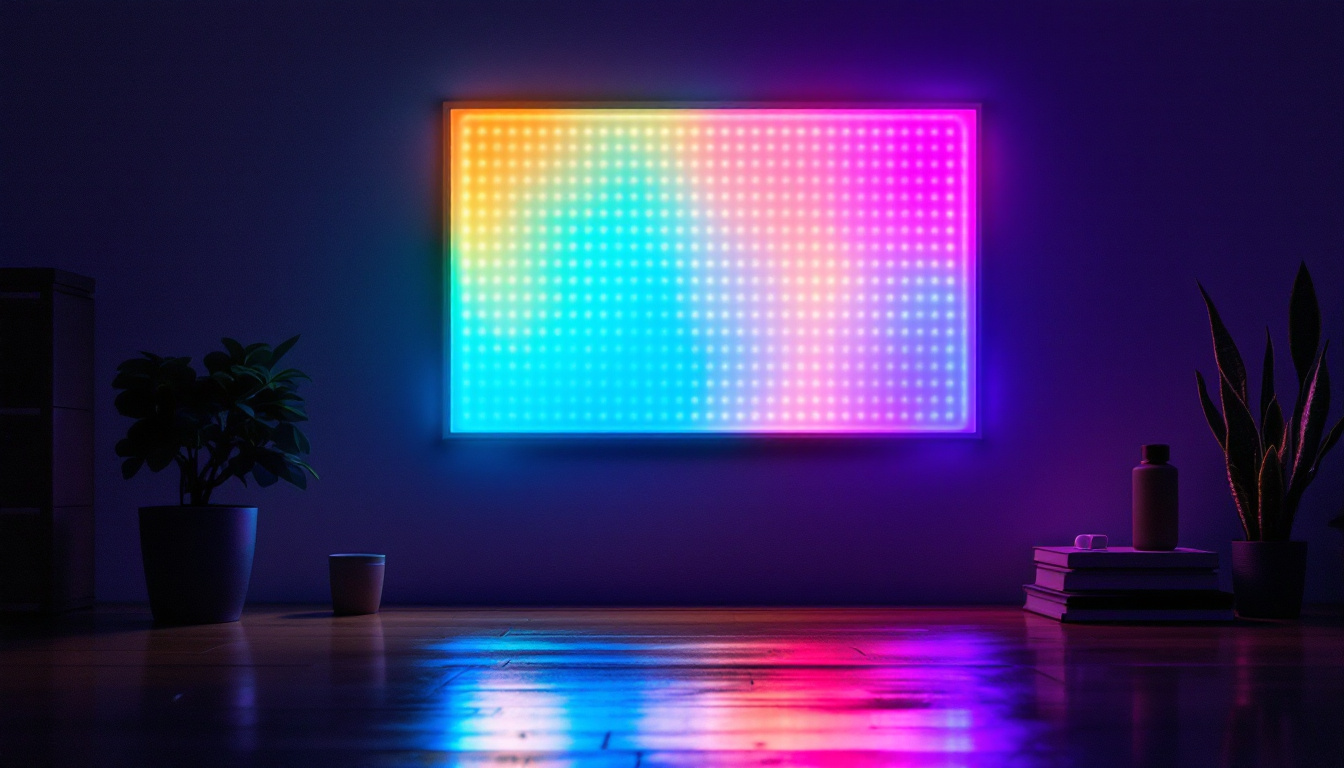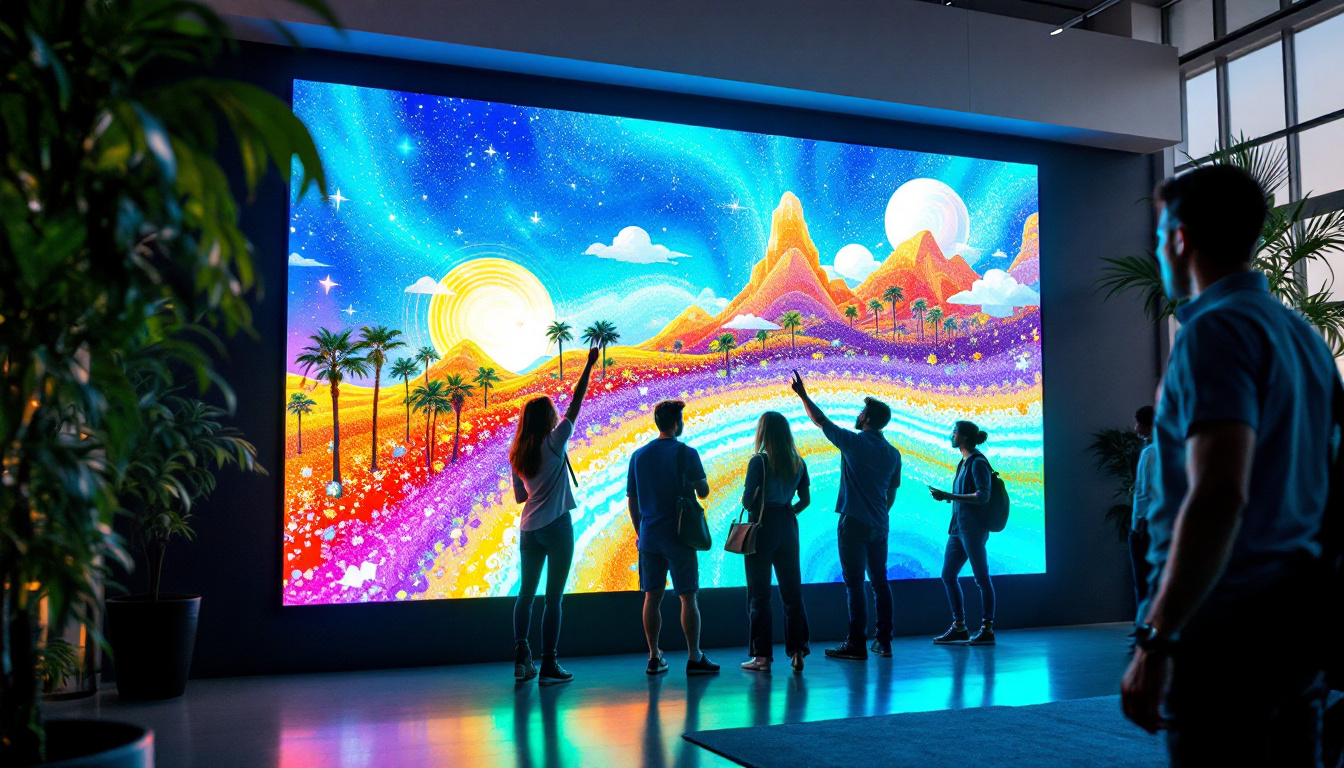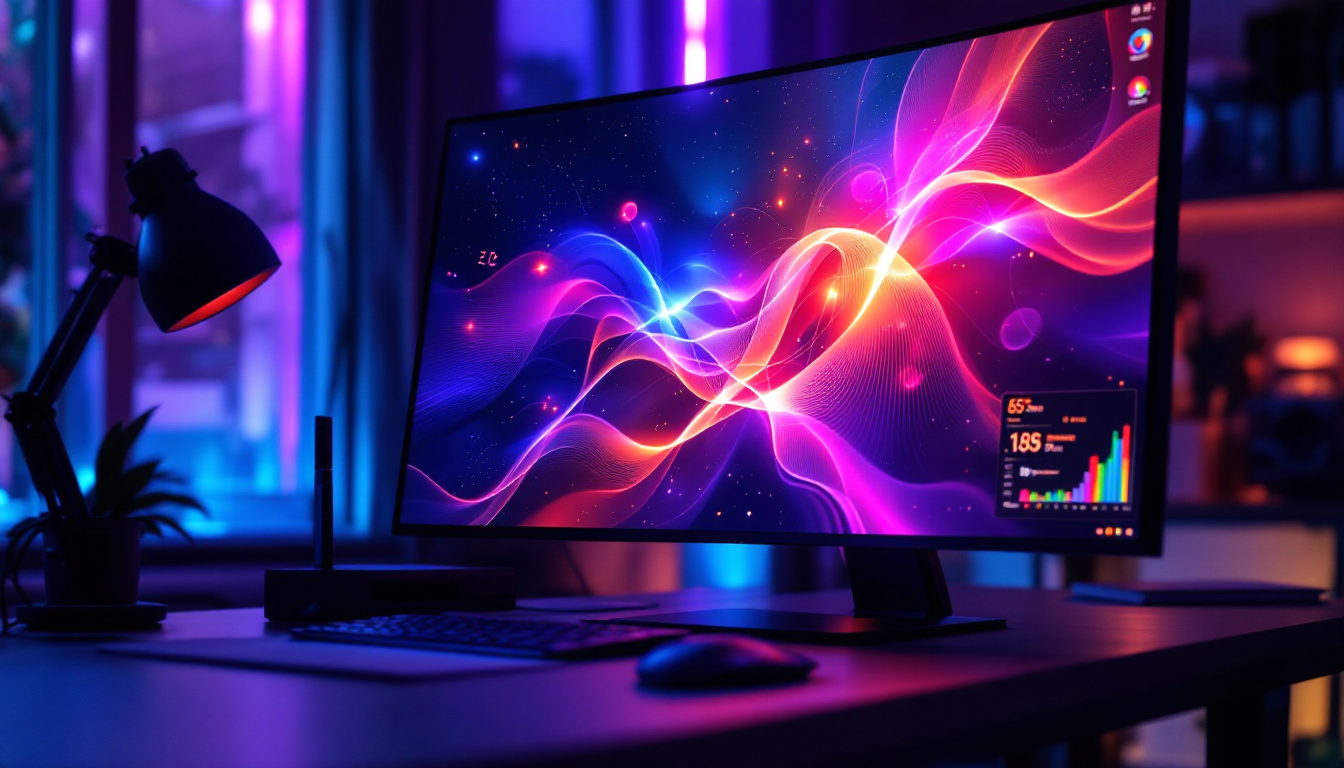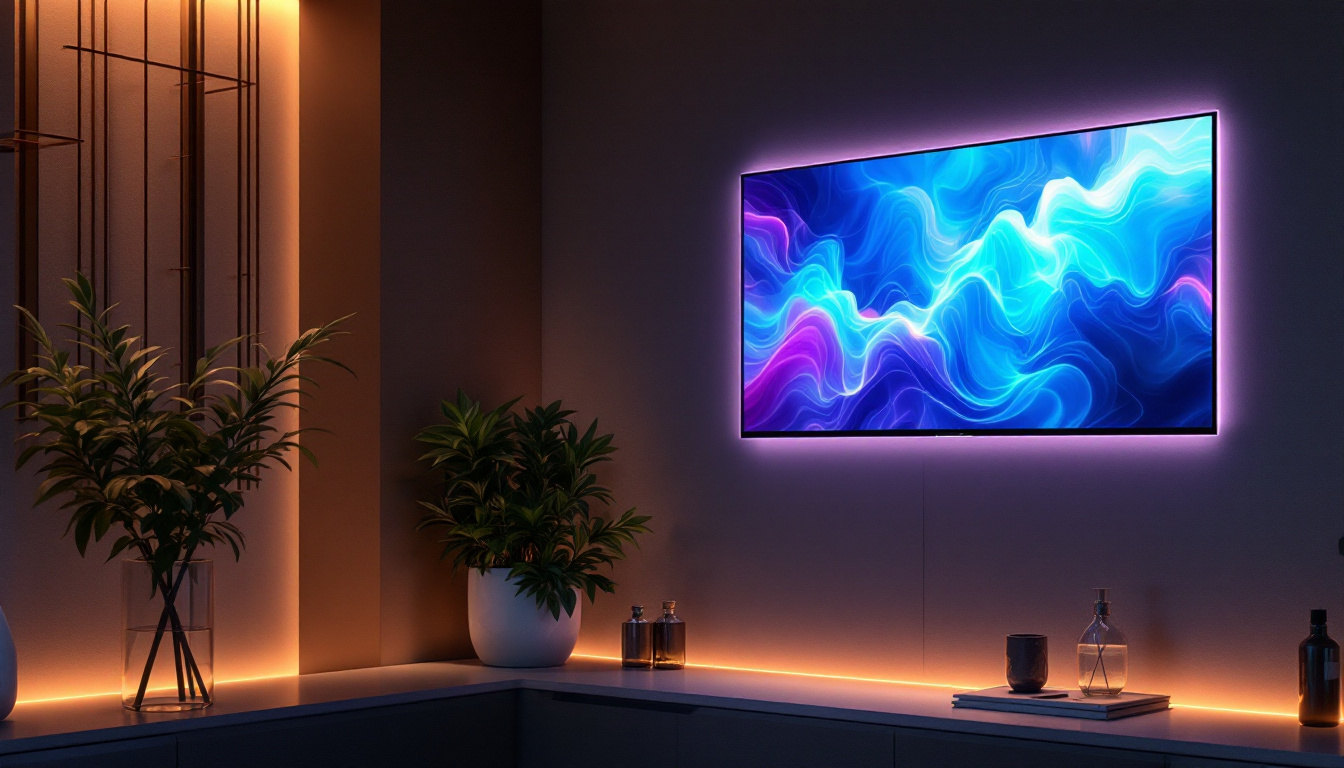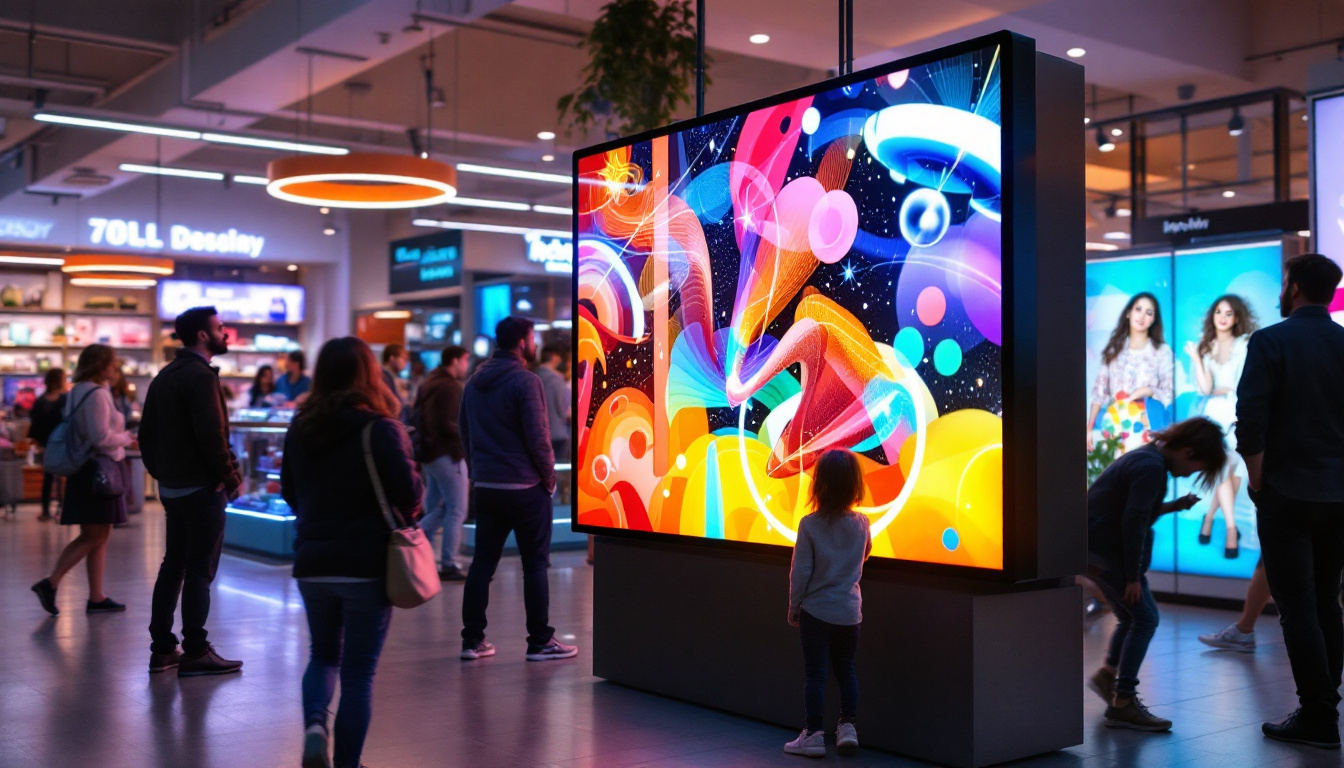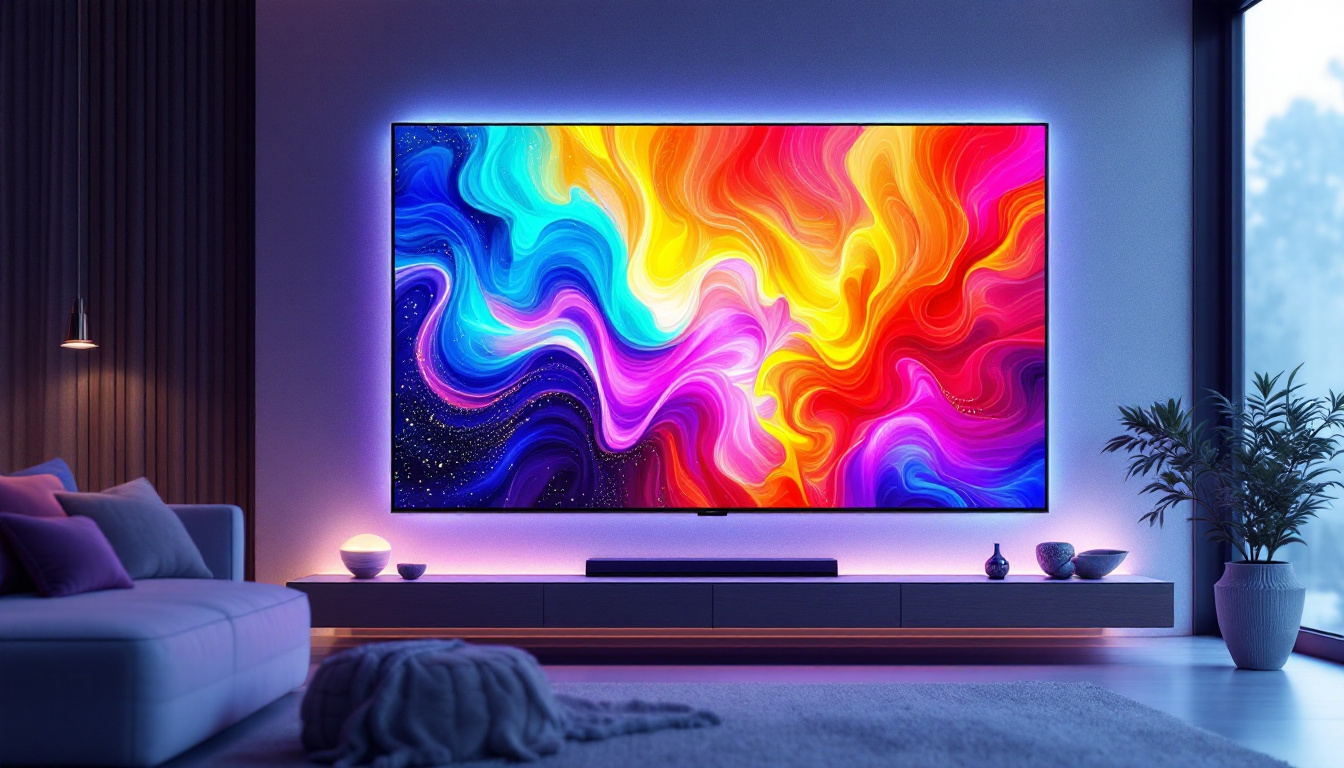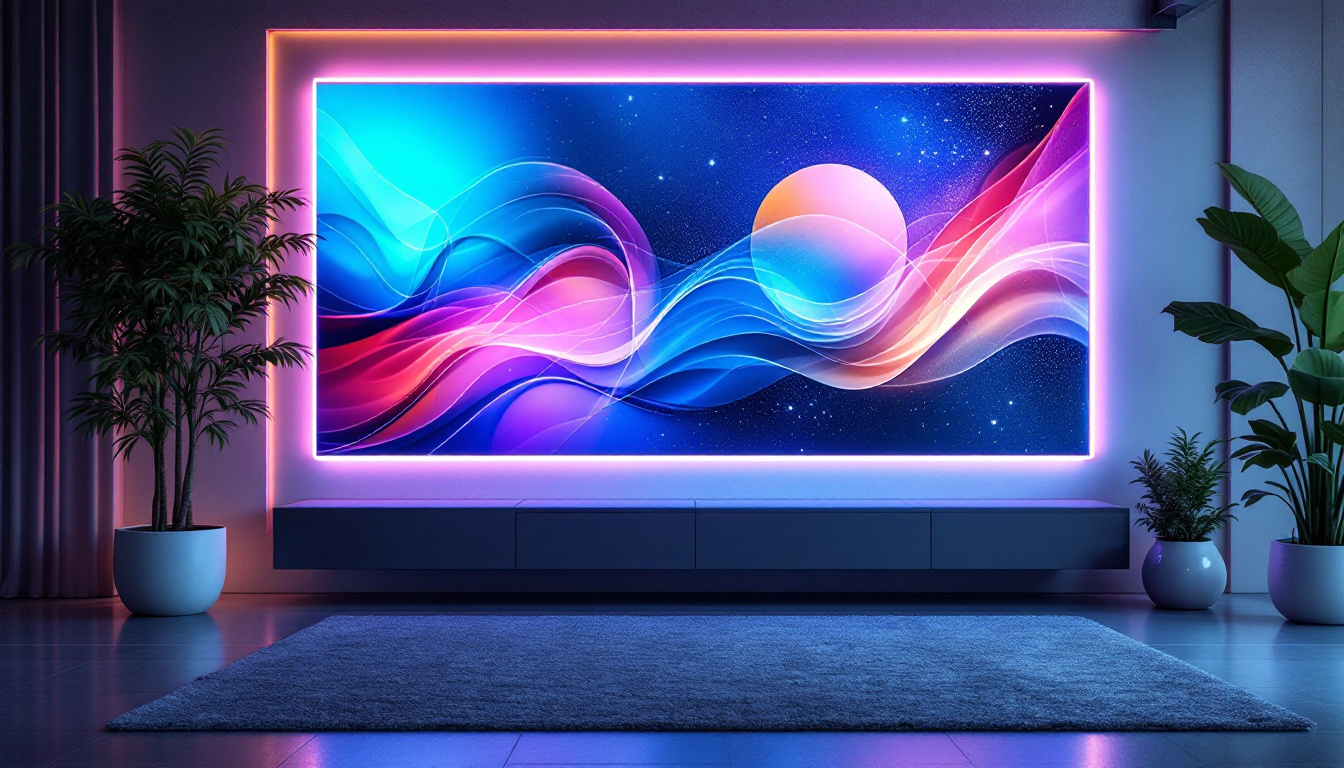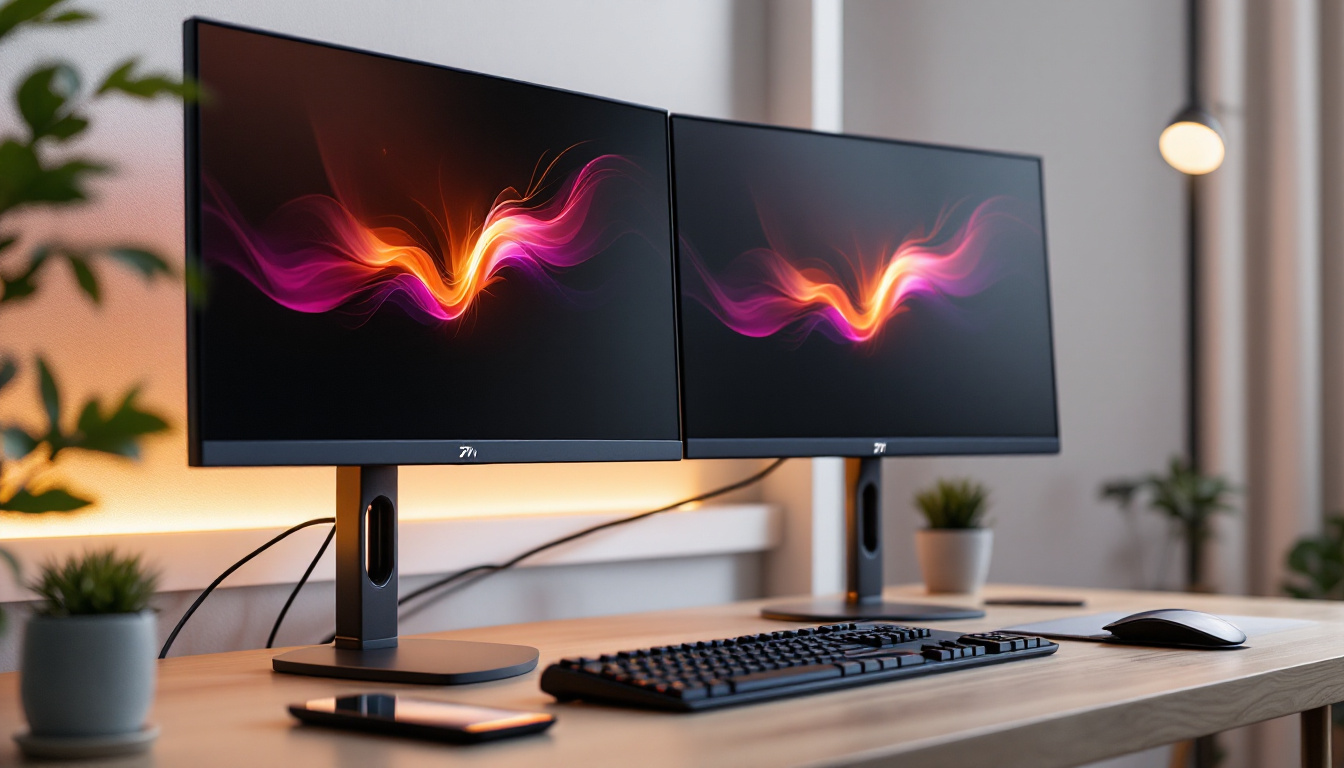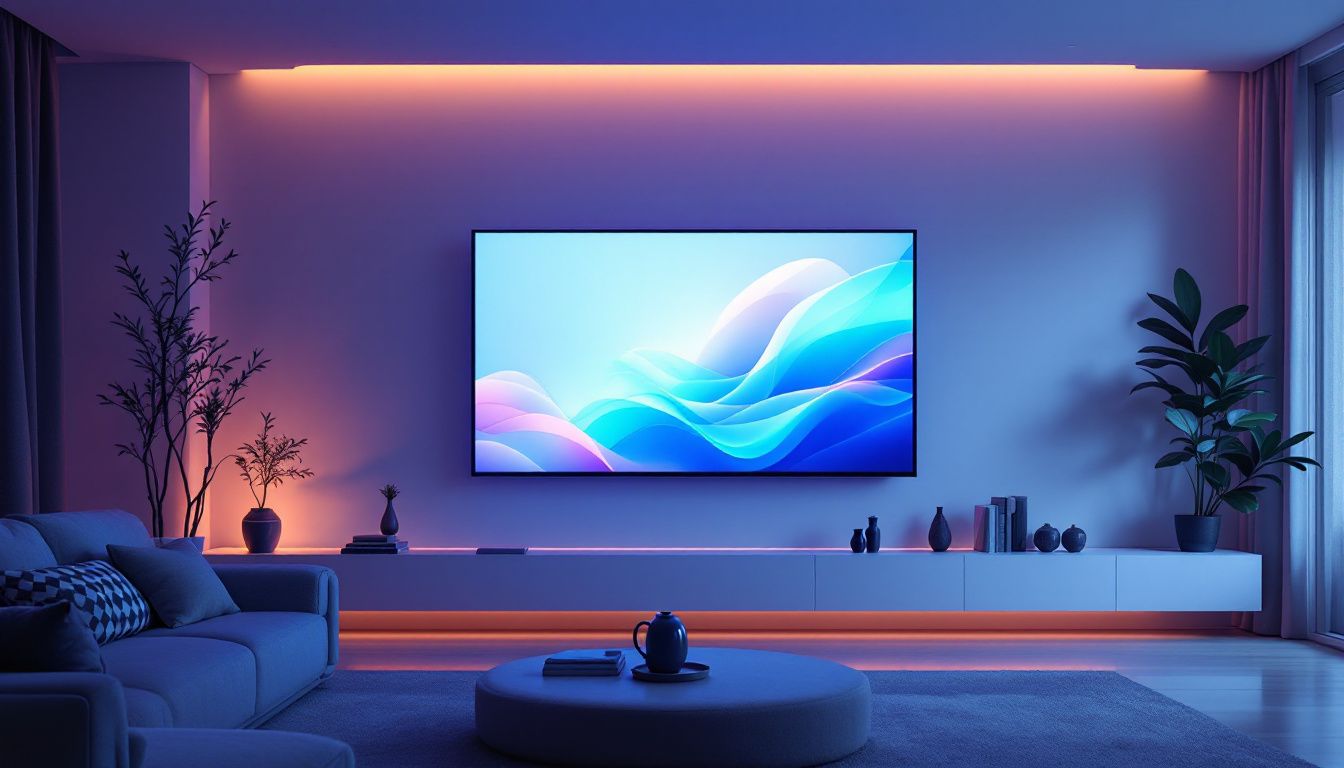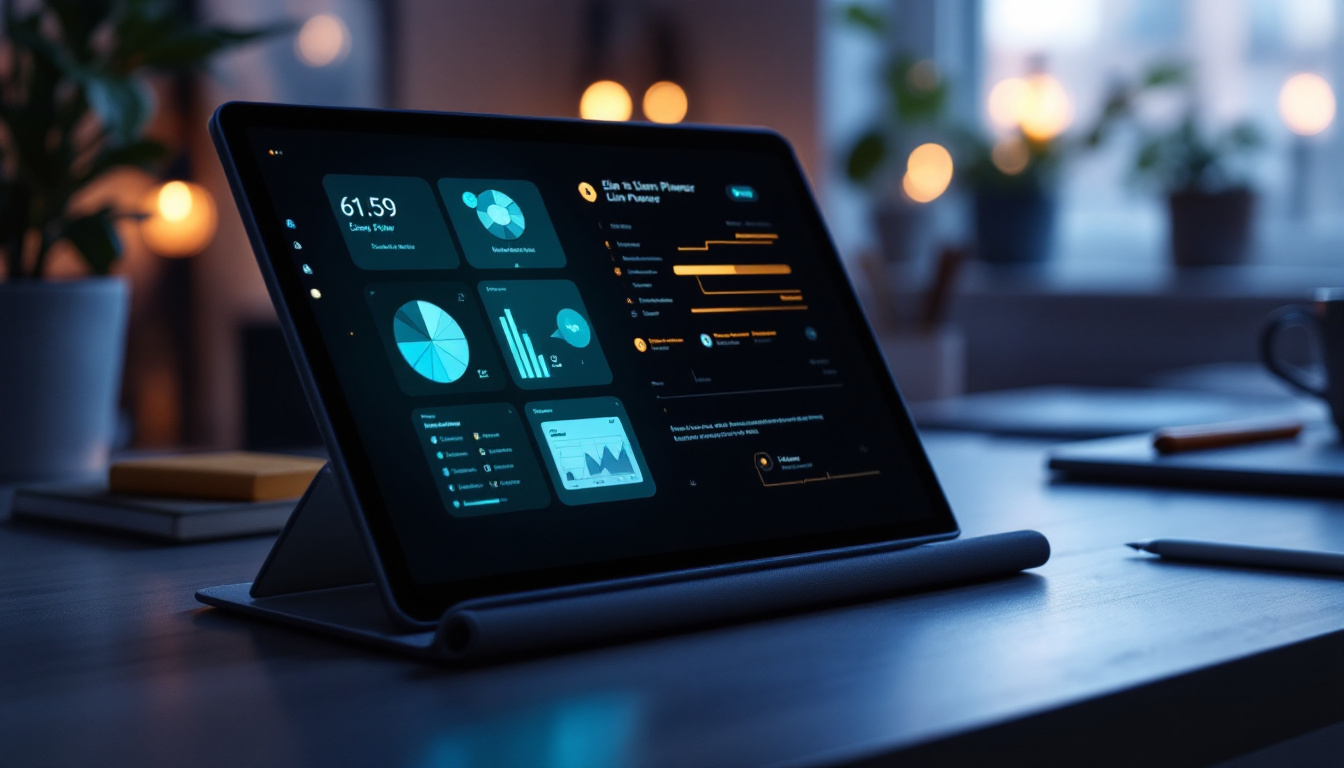When it comes to home improvement, one of the most significant investments homeowners can make is in their windows. Weather tight windows not only enhance the aesthetic appeal of a property but also improve energy efficiency and comfort. However, understanding the costs associated with these windows, especially when considering advanced features like LED displays, can be daunting. This article aims to break down the costs and benefits associated with weather tight windows and the integration of LED technology.
Understanding Weather Tight Windows
Weather tight windows are designed to provide superior insulation and protection against the elements. They are constructed with advanced materials and technologies that prevent air and water infiltration, ensuring that your home remains comfortable and energy-efficient.
Key Features of Weather Tight Windows
Several features distinguish weather tight windows from standard options. These include multi-pane glass, insulated frames, and advanced sealing technologies. Multi-pane glass, for instance, often consists of two or three layers of glass separated by gas-filled spaces, significantly reducing heat transfer.
Additionally, insulated frames made from materials like vinyl or fiberglass contribute to the overall energy efficiency of the window. These frames are designed to minimize thermal bridging, which can lead to heat loss. Advanced sealing technologies ensure that windows remain airtight, preventing drafts and moisture intrusion. Some models even incorporate low-emissivity (Low-E) coatings that reflect infrared light, keeping homes cooler in the summer and warmer in the winter, thus enhancing energy savings.
Benefits of Installing Weather Tight Windows
The benefits of installing weather tight windows extend beyond energy savings. Homeowners can expect improved comfort levels, as these windows help maintain a consistent indoor temperature regardless of external weather conditions. Furthermore, they can enhance the overall value of a property, making it more attractive to potential buyers.
Moreover, weather tight windows can significantly reduce noise pollution, creating a quieter living environment. This is particularly beneficial for homes located in busy urban areas or near highways. Lastly, the durability of these windows means less frequent replacements, leading to long-term savings on maintenance and repair costs. In addition to these practical advantages, weather tight windows also offer aesthetic benefits. With a variety of styles, colors, and finishes available, homeowners can choose windows that complement their home’s architectural design while still enjoying the functional benefits of energy efficiency. This combination of beauty and performance makes weather tight windows an appealing choice for both new constructions and renovations.
Furthermore, the installation of weather tight windows can contribute to a more sustainable lifestyle. By reducing energy consumption, homeowners can lower their carbon footprint, which is increasingly important in today’s environmentally conscious society. Many manufacturers also prioritize eco-friendly materials in their window production, ensuring that the windows are not only effective but also produced with minimal environmental impact. This commitment to sustainability resonates with many homeowners who are looking to make responsible choices in their home improvement projects.
Cost Factors for Weather Tight Windows
When considering the installation of weather tight windows, several cost factors come into play. Understanding these can help homeowners make informed decisions and budget accordingly.
Material Costs
The materials used in the construction of weather tight windows significantly influence their overall cost. Vinyl, fiberglass, and wood are common materials, each with its own price range and benefits. Vinyl windows are typically the most affordable option, while fiberglass offers superior durability and energy efficiency at a higher price point.
Wood windows, while aesthetically pleasing, require more maintenance and can be more expensive. Homeowners should weigh the benefits of each material against their budget and long-term goals for their property. In addition to the primary materials, the type of glass used in the windows can also impact costs. Double or triple-pane glass provides better insulation and can significantly reduce heating and cooling costs over time, making them a worthwhile investment despite the higher upfront expense.
Installation Expenses
Installation costs can vary widely depending on the complexity of the project and the contractor’s labor rates. Factors such as the number of windows being replaced, the condition of the existing frames, and any necessary structural modifications can all impact installation costs.
It is advisable to obtain multiple quotes from reputable contractors to ensure a fair price. Additionally, some homeowners may choose to undertake the installation themselves, which can save on labor costs but requires a certain level of skill and knowledge. Proper installation is crucial for ensuring the windows perform as intended, so those considering a DIY approach should thoroughly research best practices and potentially consult with professionals to avoid costly mistakes.
Additional Features and Customizations
Homeowners may also consider additional features that can affect the overall cost of weather tight windows. Options such as low-E coatings, which enhance energy efficiency, and decorative glass can add to the price. Custom sizes and shapes will also typically incur additional costs.
Investing in these features can lead to long-term savings on energy bills, making them worthwhile considerations for many homeowners. However, it is essential to balance these upgrades with the overall budget for the window replacement project. Furthermore, homeowners should also think about the potential return on investment when it comes to resale value. High-quality, energy-efficient windows can be a selling point for prospective buyers, making them a strategic choice for those looking to enhance their property’s marketability in the future.
LED Displays in Weather Tight Windows
In recent years, the integration of LED technology into windows has gained popularity. LED displays can serve various purposes, from enhancing aesthetic appeal to providing functional benefits. Understanding the costs and implications of incorporating LED displays into weather tight windows is crucial for homeowners considering this option.
What Are LED Displays in Windows?
LED displays in windows are essentially screens that can show images, advertisements, or information. These displays can be integrated into the window design, allowing for a seamless appearance while providing a modern touch to any home or business.
In residential settings, LED displays can be used for decorative purposes, displaying seasonal themes or personal messages. In commercial applications, they can serve as dynamic advertising platforms, capturing the attention of passersby and enhancing brand visibility. Furthermore, these displays can be programmed to showcase real-time information, such as weather updates or local events, making them not only visually appealing but also informative and engaging for viewers.
Cost Considerations for LED Displays
The integration of LED displays into weather tight windows can significantly increase the overall cost of the project. The price of LED technology varies based on factors such as size, resolution, and the complexity of the installation. High-resolution displays, while offering superior image quality, will typically come at a higher price.
Additionally, the installation of LED displays may require specialized labor, further increasing costs. Homeowners should consider the potential return on investment, particularly if the displays are intended for commercial use, where they can generate revenue through advertising. It’s also important to factor in ongoing maintenance costs, as LED displays may require periodic updates and repairs to ensure optimal performance and longevity.
Benefits of LED Displays in Weather Tight Windows
Despite the higher costs, the benefits of incorporating LED displays into weather tight windows can be substantial. For businesses, these displays can serve as a powerful marketing tool, attracting customers and increasing foot traffic. The dynamic nature of LED displays allows for easy updates, ensuring that content remains fresh and relevant. Additionally, the ability to tailor messages to specific demographics or events can enhance customer engagement and drive sales.
In residential settings, LED displays can enhance the ambiance of a home, creating a unique and personalized environment. Homeowners can change the displayed content based on seasons or special occasions, adding a fun and creative touch to their living spaces. Beyond aesthetics, these displays can also contribute to energy efficiency by utilizing smart technology that adjusts brightness based on ambient light, thereby reducing energy consumption while maintaining visual impact. This integration of technology not only elevates the design of a home but also aligns with eco-friendly practices, making it an appealing option for the environmentally conscious homeowner.
Long-Term Savings and Energy Efficiency
Investing in weather tight windows and LED displays can lead to significant long-term savings. While the initial costs may be higher than traditional windows, the energy efficiency of weather tight windows can result in lower heating and cooling bills over time.
Energy Efficiency Ratings
When evaluating weather tight windows, it is essential to consider their energy efficiency ratings. Look for windows that are ENERGY STAR certified, as these products meet strict energy efficiency guidelines set by the U.S. Environmental Protection Agency.
Additionally, understanding the U-factor and Solar Heat Gain Coefficient (SHGC) can help homeowners select windows that are best suited for their climate. A lower U-factor indicates better insulation, while a lower SHGC means less solar heat is transmitted through the window, contributing to energy savings.
Tax Incentives and Rebates
Homeowners may also benefit from tax incentives or rebates when installing energy-efficient windows. Various programs at the federal, state, and local levels encourage homeowners to invest in energy-efficient home improvements. Researching available incentives can further offset the initial costs associated with weather tight windows.
Conclusion
Weather tight windows represent a smart investment for homeowners looking to enhance their property’s energy efficiency, comfort, and aesthetic appeal. While the costs associated with these windows can vary based on materials, installation, and additional features like LED displays, the long-term benefits often outweigh the initial expenses.
By understanding the various cost factors and the advantages of integrating LED technology, homeowners can make informed decisions that align with their budget and goals. Ultimately, investing in weather tight windows and considering modern enhancements can lead to a more comfortable, efficient, and visually appealing living environment.
Enhance Your Property with LumenMatrix LED Displays
Ready to elevate your home or business with the latest in weather tight window technology and LED displays? LumenMatrix is at the forefront of creating immersive visual experiences that not only improve energy efficiency but also transform your space into a dynamic and engaging environment. From stunning Indoor LED Wall Displays to captivating Transparent LED Displays, our solutions are designed to meet your unique needs. Don’t miss the opportunity to make a lasting impression and enhance your brand visibility. Check out LumenMatrix LED Display Solutions today and take the first step towards a visually spectacular future.

